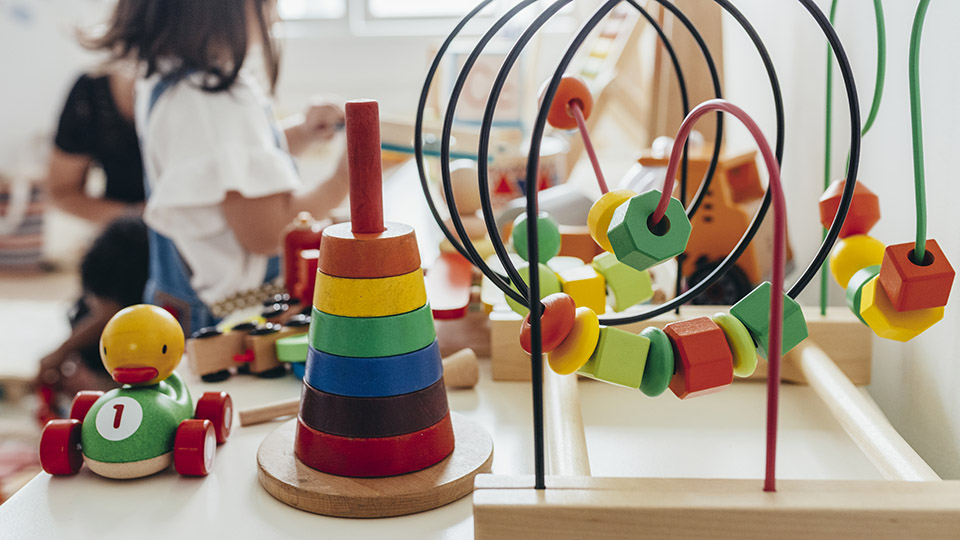Northwestern University researchers assessing the response to COVID-19 for child care programs in Illinois have found the state’s efforts to bolster child care access to first responders while stabilizing the market were equitable and largely successful.
Their new report, published Sept. 1, came after Illinois Gov. J.B. Pritzker’s move to make permanent a pandemic policy that lowered the cost of child care to $1 per month for families living in poverty.
On Monday, Pritzker announced that the state will provide three months of childcare assistance to unemployed parents who are seeking to reenter the work force as well as bonuses of up to $1,000 to those who work in a child care center or home child care in the state as part of an effort to stabilize the market.
“Governor Pritzker has been a leader in investing in the child care market and easing the financial burden of child care, especially for families facing economic hardship,” said Terri Sabol, an assistant professor of human development and social policy in the University’s School of Education and Social Policy and a former elementary school teacher.
“Together, these policies reduce one major barrier to child care: cost,” Sabol said. “Moreover, the state is putting money directly into the hands of child care workers, who are notoriously underpaid. The median hourly wage of child care workers in Illinois is $12 an hour. This recent policy gives bonuses of up to $1,000 to those educators in child care centers who continue to provide a critical service during the ongoing pandemic.”
At the onset of the COVID-19 pandemic, 60% of programs nationwide were forced to close in spring 2020. The federal government has since provided $3.5 billion in direct childcare relief aid to stabilize childcare programs, largely through the federal CARES Act and American Rescue Plan. States, including Illinois, have also invested in child care programs to help stabilize them.
The breakdown of the child care market due to COVID-19 could potentially interfere with both parent and child well being. The child care crisis also has important implications for economic recovery in the United States.
Analyzing 8,158 private childcare programs in 757 eligible neighborhoods, Sabol and colleagues from the Institute for Policy Research at Northwestern (Olivia Healy, Timi Viragh, and Anika Neralla) recently completed a study on Illinois’ response to the COVID-19 pandemic and the extent to which child care programs received access to resources designed to stabilize operations.
The findings show that approximately 15% received emergency day care licenses to stay open during mandated closures for frontline workers, 25% of qualified child care programs received PPP loans (through the CARES Act), and 60% received child care restoration grants (funded through the CARES Act and state funds). The average amount given in PPP loans was $58,705 and was $64,615 in child care restoration grants, which represents funds that went directly to child care programs
They also find few differences in the neighborhoods' characteristics based on income, employment or race/ethnicity. However, they did discover that childcare programs in urban areas were more likely to receive resources than those in rural areas.
“The fact that so many programs received Child Care Restoration Grants and that we observed few disparities in access to the resources designed by the state and federal governments to stabilize the system is overall good news and suggests that federal and state resources are getting into the hands of the child care providers that need it most. Illinois is national model for how to equitably allocate state and federal resources during trying times for the child care market,” Sabol said.


